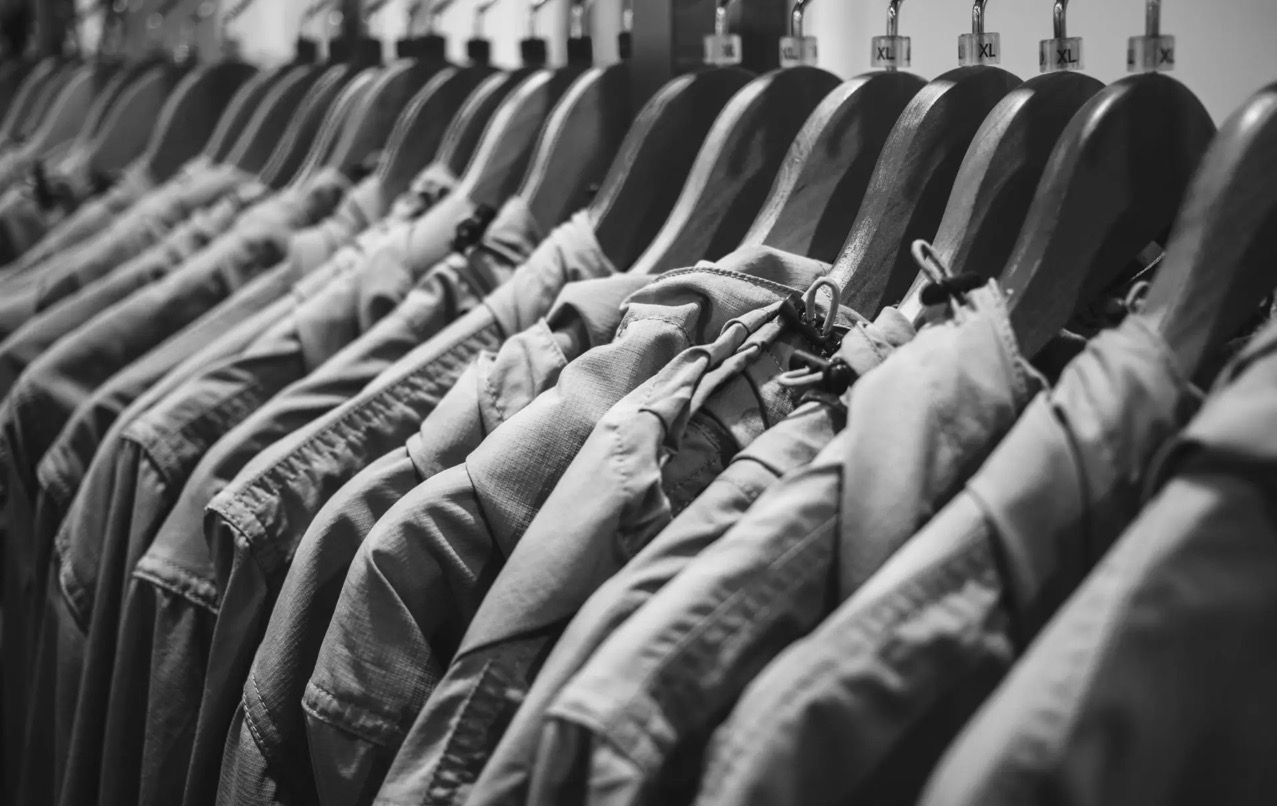

Articles
How To Store Hunting Clothes
Modified: December 7, 2023
Learn how to properly store your hunting clothes and preserve their quality with these helpful articles. Follow these tips to keep your gear in top condition for your next hunt.
(Many of the links in this article redirect to a specific reviewed product. Your purchase of these products through affiliate links helps to generate commission for Storables.com, at no extra cost. Learn more)
Introduction
When it comes to hunting, having the right gear is essential for a successful and comfortable experience. Alongside quality weapons and ammunition, one of the most important aspects of hunting gear is proper clothing. Hunting clothes are specifically designed to provide camouflage, protection from the elements, and scent control.
While investing in high-quality hunting clothes is crucial, it is equally important to store them correctly when not in use. Improper storage can lead to damage, diminished performance, and the need for frequent replacements. In this article, we will explore the importance of proper hunting clothes storage and provide helpful tips on how to store your hunting clothes effectively.
Key Takeaways:
- Proper storage of hunting clothes is crucial for maintaining their integrity, camouflage properties, and scent control capabilities. It also saves time and money by prolonging the lifespan of the clothing.
- Choosing the right storage location, cleaning and preparing clothes before storage, and regular maintenance are key to preserving the quality and effectiveness of hunting clothes. These practices ensure that the clothing remains in optimal condition for future hunting seasons.
Read more: How To Store Hunting Gear
Importance of Proper Hunting Clothes Storage
Proper storage of hunting clothes is essential for several reasons. Firstly, it helps to maintain the integrity and performance of the clothing materials. Hunting clothes are designed to withstand the rigors of the outdoors, including thorns, branches, and harsh weather conditions. However, if these clothes are not stored properly, they can become damaged and lose their effectiveness over time.
Secondly, storing hunting clothes correctly helps to preserve their camouflage properties. The patterns and colors of hunting clothes are specifically designed to blend in with the natural surroundings, making the hunter less detectable to game animals. If the clothes are stored in a way that causes the patterns to fade or become distorted, their camouflage effectiveness will be greatly diminished.
Another important factor to consider is scent control. Hunting clothes often come with special technologies or treatments that help to minimize human scent, which can spook game animals. Proper storage ensures that these scent control properties remain effective. Storing hunting clothes with scented items or in areas with strong odors can compromise their scent control capabilities.
Furthermore, storing hunting clothes properly helps to prevent the growth of mold, mildew, and bacteria. Moisture can easily accumulate on hunting clothes, especially if they have been exposed to rain or sweat. If these damp clothes are stored without proper ventilation, they can become a breeding ground for harmful microorganisms. This not only poses a health risk but can also lead to unpleasant odors and deterioration of the fabric.
Lastly, storing hunting clothes correctly saves both time and money. When hunting clothes are stored in an organized and efficient manner, they are easier to locate and retrieve when needed. This eliminates the frustration of searching for misplaced items and ensures that you are ready to hit the field quickly. Additionally, proper storage helps to prolong the lifespan of hunting clothes, reducing the need for frequent replacements and saving you money in the long run.
To reap the full benefits of your hunting clothing investment, it is crucial to prioritize proper storage techniques. In the following sections, we will discuss the key considerations and steps for storing hunting clothes effectively.
Choosing the Right Location for Storage
Selecting the appropriate location for storing your hunting clothes is the first step in ensuring their longevity and effectiveness. Here are some key factors to consider when choosing a storage location:
- Avoid moisture-prone areas: Moisture is the enemy of hunting clothes, as it can lead to mold, mildew, and fabric damage. Avoid storing your hunting clothes in damp basements, garages with condensation issues, or any area prone to high humidity. Instead, opt for a dry and well-ventilated location.
- Temperature control: Extreme temperature fluctuations can also be detrimental to hunting clothes. Avoid storing them in areas that are subject to extreme heat, such as attics or storage units without climate control. Additionally, avoid storing them near heating sources or direct sunlight, as this can cause fading and deterioration of the fabric.
- Darkness: Exposure to direct sunlight can fade the colors and patterns of hunting clothes. Choose a storage location that is away from windows or areas with bright, direct light. Keep your hunting clothes in a dark or dimly lit area to preserve their camouflage properties.
- Away from scented items: Hunting clothes often come with scent-control technologies to minimize human odor. To maintain their effectiveness, store your hunting clothes away from any scented items or strong-smelling chemicals. This includes avoiding storage near cleaning supplies, gasoline, or any other substances with strong odors.
- Elevated storage: Whenever possible, it is advisable to store your hunting clothes off the ground. This helps prevent potential damage from pests, rodents, or any accidental spills or leaks that may occur on the floor. Use shelves or garment racks to keep your clothes elevated and well-protected.
Based on these considerations, some ideal storage locations for hunting clothes may include a dry closet, a spare room, or a dedicated storage area specifically designed for hunting gear. By choosing the right location, you can ensure that your hunting clothes remain in optimal condition and ready for use whenever you need them.
Cleaning and Preparation Before Storage
Before stowing your hunting clothes away for the season, it is crucial to give them a thorough cleaning and proper preparation. This ensures that they are free of dirt, odors, and any traces of sweat or blood that could attract unwanted attention from game animals. Here are the essential steps to follow:
- Inspect for damage: Before cleaning your hunting clothes, carefully inspect them for any tears, rips, or loose seams. Repair any damage promptly to prevent further deterioration during storage. This will ensure that your clothes remain in good condition and ready for use in the next hunting season.
- Follow manufacturer’s instructions: Check the care label or manufacturer’s instructions for specific cleaning recommendations for your hunting clothes. Different materials may have different requirements, so it is essential to adhere to these instructions to avoid damaging the fabric or compromising any special treatments or technologies.
- Machine wash or hand wash: Depending on the instructions, either machine wash or hand wash your hunting clothes using a gentle detergent. Use cold or lukewarm water to prevent shrinking or fading. Avoid using fabric softeners or strong-smelling detergents, as they can leave residues that may attract game animals.
- Remove stains: Pay special attention to any stains on your hunting clothes. Use stain removers or pre-treatments specifically designed for the type of stains you encounter, such as blood or mud. Follow the instructions and let the stain remover sit for the recommended amount of time before washing.
- Double rinse: After washing, make sure to thoroughly rinse your hunting clothes to remove all traces of detergent. Leftover detergents can interfere with the fabric’s performance and attract unwanted odors. Run an extra rinse cycle or rinse by hand until the water runs clear.
- Dry thoroughly: When it comes to drying hunting clothes, avoid using high heat or direct sunlight. Instead, hang them to dry in a well-ventilated area with good air circulation. Ensure they are fully dry before proceeding to the next step, as any moisture left can lead to mold or mildew growth during storage.
- Reapply scent-control treatments: If your hunting clothes come with scent-control technologies, follow the manufacturer’s instructions for reapplying the treatments after washing. These treatments help to minimize human odor and are crucial for successful hunting. Make sure to let the treatments fully dry before storing the clothes.
By taking the time to properly clean and prepare your hunting clothes before storage, you ensure that they are ready for use when the next hunting season arrives. This also helps to maintain their performance, extend their lifespan, and prevent any unwanted scents or stains from affecting your hunting success.
Folding and Organizing Hunting Clothes
After cleaning and preparing your hunting clothes, the next step is to properly fold and organize them for storage. This ensures easy accessibility and helps to maintain their shape and condition. Here are some guidelines for folding and organizing your hunting clothes:
- Sort by type: Separate your hunting clothes into categories such as pants, jackets, base layers, and accessories. This makes it easier to locate specific items when needed and ensures that they remain organized during storage.
- Fold neatly: Fold each item of clothing neatly to prevent wrinkles and creases. Start by folding the sleeves or pant legs towards the back, then fold the item in half lengthwise. This method helps to minimize the risk of fabric damage and keeps the clothes compact for storage.
- Utilize space-saving techniques: To maximize space in your storage area, consider using space-saving techniques such as rolling or vacuum-sealing your hunting clothes. This can help reduce bulk and make more room for other gear or equipment.
- Label or color-code containers: If you are using containers or bins to store your hunting clothes, label them or use different colors to indicate the contents. This makes it easier to identify specific items without having to rummage through multiple containers.
- Separate used and unused items: If you have a mix of used and unused hunting clothes, consider separating them during storage. Designate a specific section or container for used clothes and ensure they are properly cleaned and treated before storing them together.
- Organize accessories: Don’t forget to organize your hunting accessories such as gloves, hats, face masks, and socks. Use small containers or bags to keep them separated and easily accessible when needed. This prevents the risk of misplacing or losing important accessories.
- Keep a checklist: Create a checklist or inventory of your hunting clothes to keep track of what you have and ensure that nothing is missing. This can be especially helpful when planning for upcoming hunting trips or when it’s time to reassess and update your gear inventory.
By following these guidelines for folding and organizing your hunting clothes, you can keep them in top condition, easily locate specific items, and ensure that they are ready for action when the next hunting season arrives.
Store hunting clothes in a cool, dry place to prevent mold and mildew. Use scent-free storage bags or containers to keep odors at bay. Wash and air dry clothes before storing to remove any lingering scents.
Read more: How To Build A Ladder Stand For Deer Hunting
Storage Options for Hunting Clothes
Choosing the right storage options for your hunting clothes is essential for their preservation and easy access. Here are some effective storage solutions to consider:
- Cloth bags or garment covers: Cloth bags or garment covers are an excellent option for storing individual pieces of hunting clothing. These breathable bags protect your clothes from dust, pests, and potential damage while allowing air circulation to prevent moisture buildup.
- Plastic storage containers: Plastic storage containers with tight-fitting lids can be used to store folded hunting clothes. Opt for containers made of durable, high-quality plastic that is resistant to moisture and pests. Label the containers for easy identification.
- Storage shelves or racks: Utilize storage shelves or racks specifically designed for hunting gear. These shelves can accommodate folded clothes, boots, accessories, and even weapons. Ensure the shelves are sturdy enough to support the weight and size of your hunting gear.
- Hanging storage systems: Hanging storage systems, such as garment racks or closets with hanging bars, are suitable for storing hunting clothes that can be hung. This method helps to maintain the shape and prevent wrinkles in garments like jackets, base layers, and pants.
- Modular storage systems: Modular storage systems allow for customizable configurations to suit your storage needs. You can mix and match components like shelves, drawers, and hanging bars to create a storage solution that works best for your hunting clothes and gear.
- Under-bed storage: Utilize the space under your bed for storing hunting clothes in shallow, airtight containers specifically designed for under-bed storage. This option keeps your clothes out of sight while still being easily accessible.
- Climate-controlled storage units: If you have a large collection of hunting clothes or valuable gear, a climate-controlled storage unit may be worth considering. These units provide a controlled environment that minimizes temperature and humidity fluctuations, ensuring the optimal condition of your items.
When selecting a storage option, consider the amount of space you have, the number of hunting clothes you need to store, accessibility, and the level of protection required. Choose a storage solution that suits your needs and helps preserve the quality of your hunting clothes for future seasons.
Tips for Long-Term Storage
Long-term storage of hunting clothes requires extra care and attention to ensure their longevity and effectiveness. Here are some important tips to consider when storing your hunting clothes for an extended period:
- Clean and treat clothes before storage: As mentioned earlier, thoroughly clean and treat your hunting clothes before storing them. This includes washing, removing stains, and reapplying any scent-control treatments. Ensure they are completely dry to prevent mold and mildew growth during storage.
- Inspect for damage: Before packing your hunting clothes away, inspect them one last time for any signs of damage. Repair any tears, loose threads, or damaged zippers to prevent further deterioration during storage.
- Use mothballs or cedar chips: To deter pests like moths, use mothballs or cedar chips near your stored hunting clothes. These natural repellents help protect your clothes from insect damage. However, make sure they are kept in a separate container or placed away from direct contact with the clothes to prevent any scent transfer.
- Avoid plastic bags: While using plastic bags for short-term storage is suitable, long-term storage in plastic bags can trap moisture and lead to mildew. Instead, opt for breathable cloth bags, garment covers, or airtight plastic storage containers with desiccant packets to absorb excess moisture.
- Check periodically: Ideally, inspect your stored hunting clothes periodically, at least once every few months. This allows you to check for any signs of damage, mold, or pest infestation. Make sure to remove and replace any damaged or compromised items promptly.
- Store in a cool and dark area: Find a cool, dark, and well-ventilated area for long-term storage. Extreme temperature fluctuations and exposure to direct sunlight can damage the fabric and affect the effectiveness of your hunting clothes. Avoid storing them near heating vents, windows, or areas subject to high humidity.
- Keep items organized: Maintain the organization of your stored hunting clothes by keeping them properly folded, labeled, and separated by category. This makes it easier to locate specific items and ensures that they remain in the best condition possible.
- Protect against moisture: In addition to selecting a suitable storage location, consider adding moisture-absorbing products such as silica gel packets or desiccant packs inside your storage containers. These help to absorb excess moisture and prevent mold or mildew growth.
- Keep away from chemicals: Avoid storing your hunting clothes near any chemicals or strong-smelling substances as they can transfer odors to your clothes. This includes areas with stored gasoline, cleaning products, or any other items with powerful odors.
By following these tips, you can ensure that your hunting clothes remain in optimal condition during long-term storage and are ready for use when the next hunting season arrives.
Regular Maintenance and Inspections
Regular maintenance and inspections are crucial for keeping your hunting clothes in top condition and ensuring their long-term usability. Here are some important practices to incorporate into your routine:
- Inspect before each use: Before heading out for a hunt, inspect your hunting clothes for any signs of damage or wear. Check for loose threads, tears, or damaged zippers. Address any issues promptly to prevent further damage during use.
- Clean after each use: After every hunting trip, make it a habit to clean your hunting clothes. Remove any dirt, mud, blood, or other residues that may have accumulated. Prompt cleaning helps prevent stains from setting in and maintains the overall cleanliness of your garments.
- Check scent-control effectiveness: Periodically check the effectiveness of the scent-control properties of your hunting clothes. This can be done by conducting a sniff test or using scent-control sprays or wafers to see if they can effectively neutralize human odors.
- Repair minor damages: Regularly inspect your hunting clothes for any minor damages such as loose threads or small tears. Repair these issues promptly to prevent them from worsening. Using a needle and thread or fabric adhesive can help mend minor damages effectively.
- Reapply treatments: If your hunting clothes have specialized treatments, such as waterproofing or insect repellent, check the effectiveness of these treatments over time. If necessary, reapply the treatments based on the manufacturer’s instructions to maintain their performance.
- Store properly between uses: When you store your hunting clothes between uses, make sure to follow the proper storage techniques outlined earlier in this article. Clean them thoroughly, fold or hang them neatly, and store them in a suitable location away from moisture, pests, and strong odors.
- Replace when necessary: Despite regular maintenance, hunting clothes will eventually wear out or become less effective over time. Keep an eye on their condition and replace them when they no longer meet your needs or have significant damage that cannot be repaired.
- Review and update your gear: Take the time to periodically review your hunting clothes and gear inventory. Assess whether there are any gaps or areas for improvement. Stay updated on the latest advancements in hunting clothing technology and consider investing in new gear to enhance your hunting experience.
By incorporating these regular maintenance and inspection practices into your hunting routine, you can prolong the lifespan of your hunting clothes, maximize their performance, and ensure that you are dressed for success in the field.
Conclusion
Proper storage and maintenance of your hunting clothes are essential for their longevity, effectiveness, and your overall hunting success. By following the tips and guidelines outlined in this article, you can ensure that your hunting clothes remain in optimal condition and ready for action when the next hunting season arrives.
From choosing the right storage location to cleaning and preparing your hunting clothes, every step plays a vital role in preserving their performance and durability. The correct storage options, such as cloth bags, plastic containers, or hanging storage systems, will protect your clothes from moisture, pests, and fading due to sunlight. Regular maintenance, including inspections, repairs, and cleaning after each use, will keep your hunting clothes in top shape and help to maintain their scent control properties.
Additionally, regular inspections, proper folding, and organization of your hunting clothes contribute to easy access, quick retrieval, and overall convenience. Developing a routine that includes periodic checks for damage, effectiveness of scent-control treatments, and necessary repairs will ensure that your hunting clothes are always at their best.
Remember to store your hunting clothes in a cool, dark, and well-ventilated area away from potential hazards like strong odors or chemicals. Avoid using plastic bags for long-term storage and consider utilizing moisture-absorbing products and natural repellents to protect your clothes from pests.
By investing time and effort into properly storing, maintaining, and inspecting your hunting clothes, you can reap the benefits of long-lasting, effective gear that will enhance your hunting experience for many seasons to come.
So, take the necessary steps to store and maintain your hunting clothes properly, and gear up for successful, comfortable, and memorable hunting adventures.
Frequently Asked Questions about How To Store Hunting Clothes
Was this page helpful?
At Storables.com, we guarantee accurate and reliable information. Our content, validated by Expert Board Contributors, is crafted following stringent Editorial Policies. We're committed to providing you with well-researched, expert-backed insights for all your informational needs.
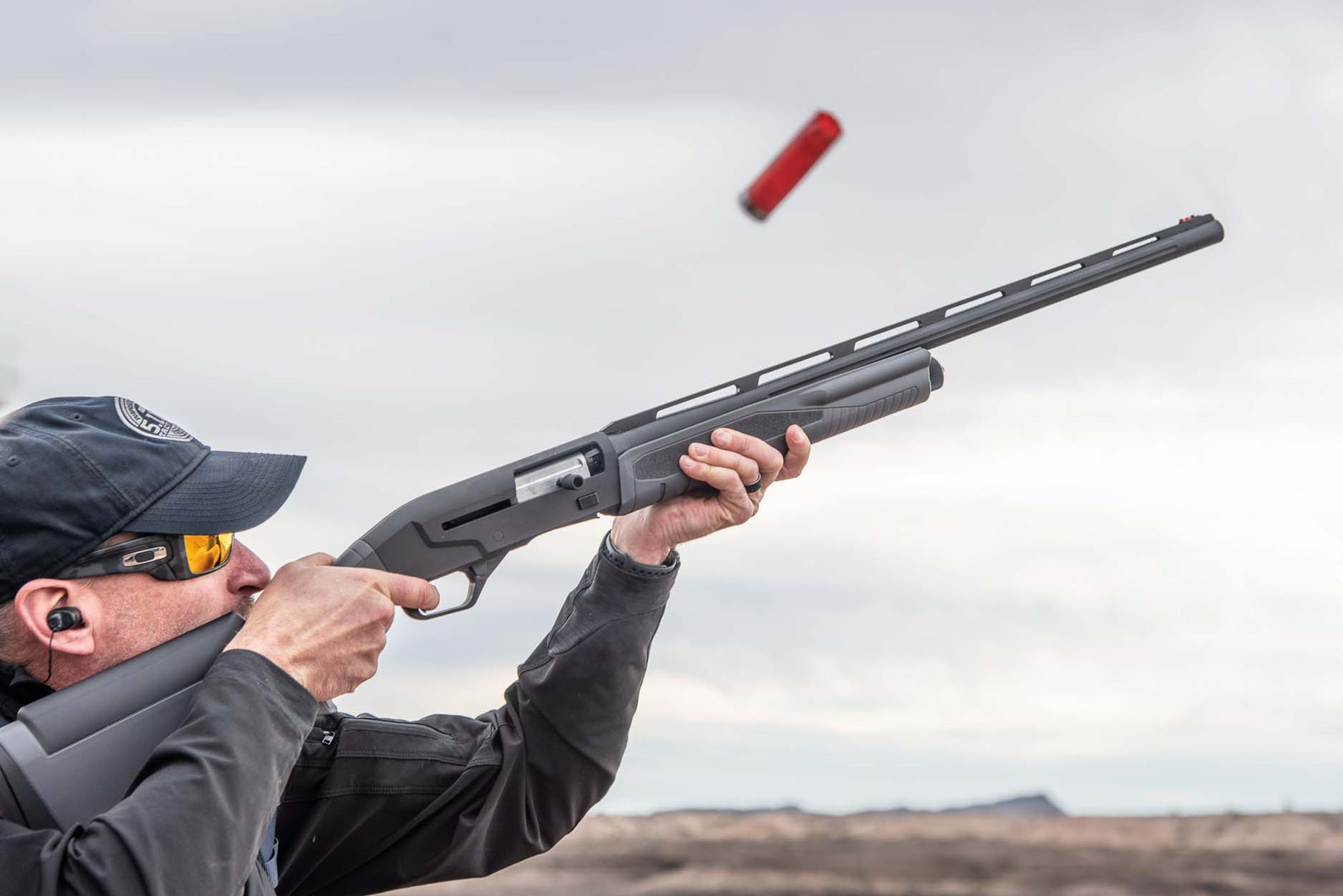
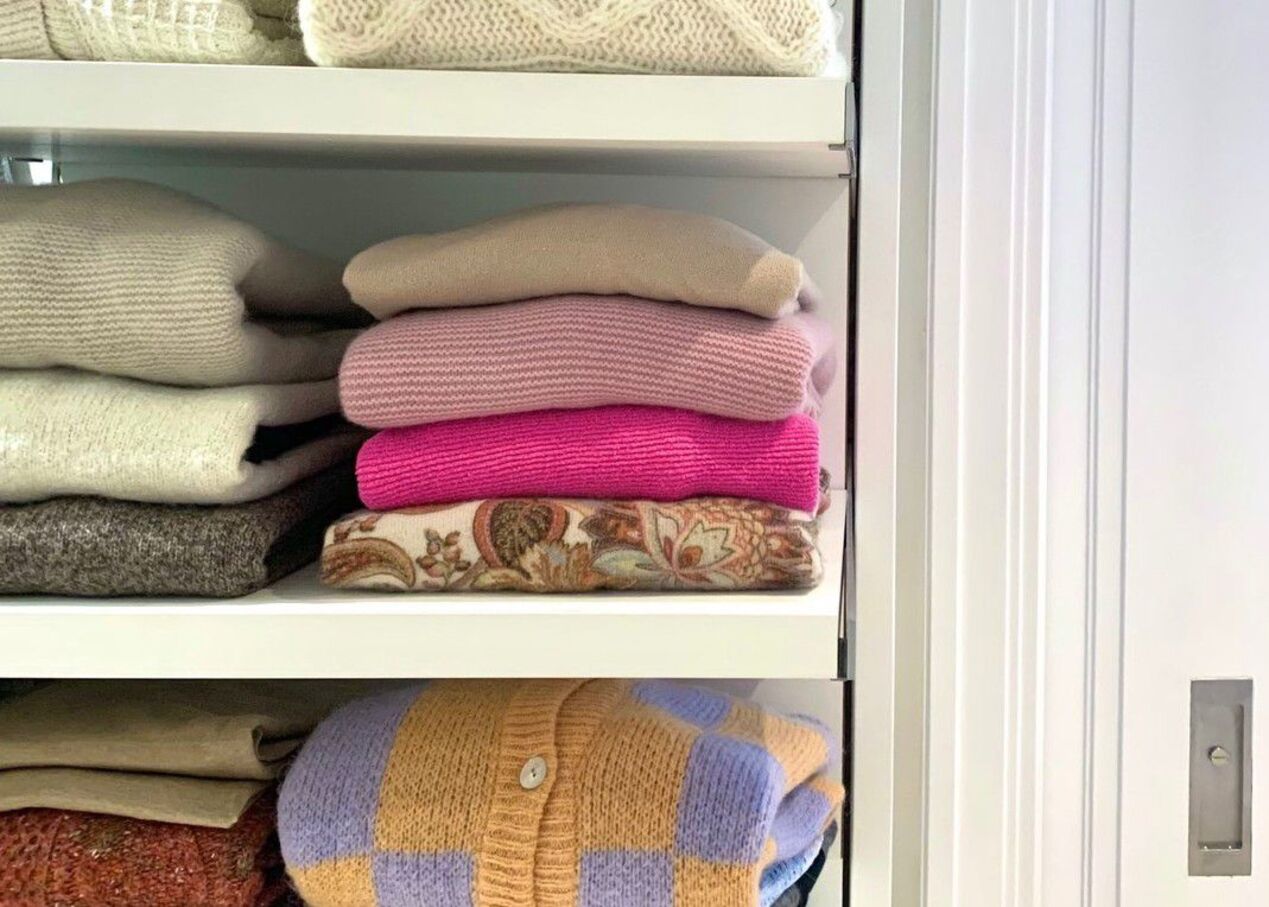
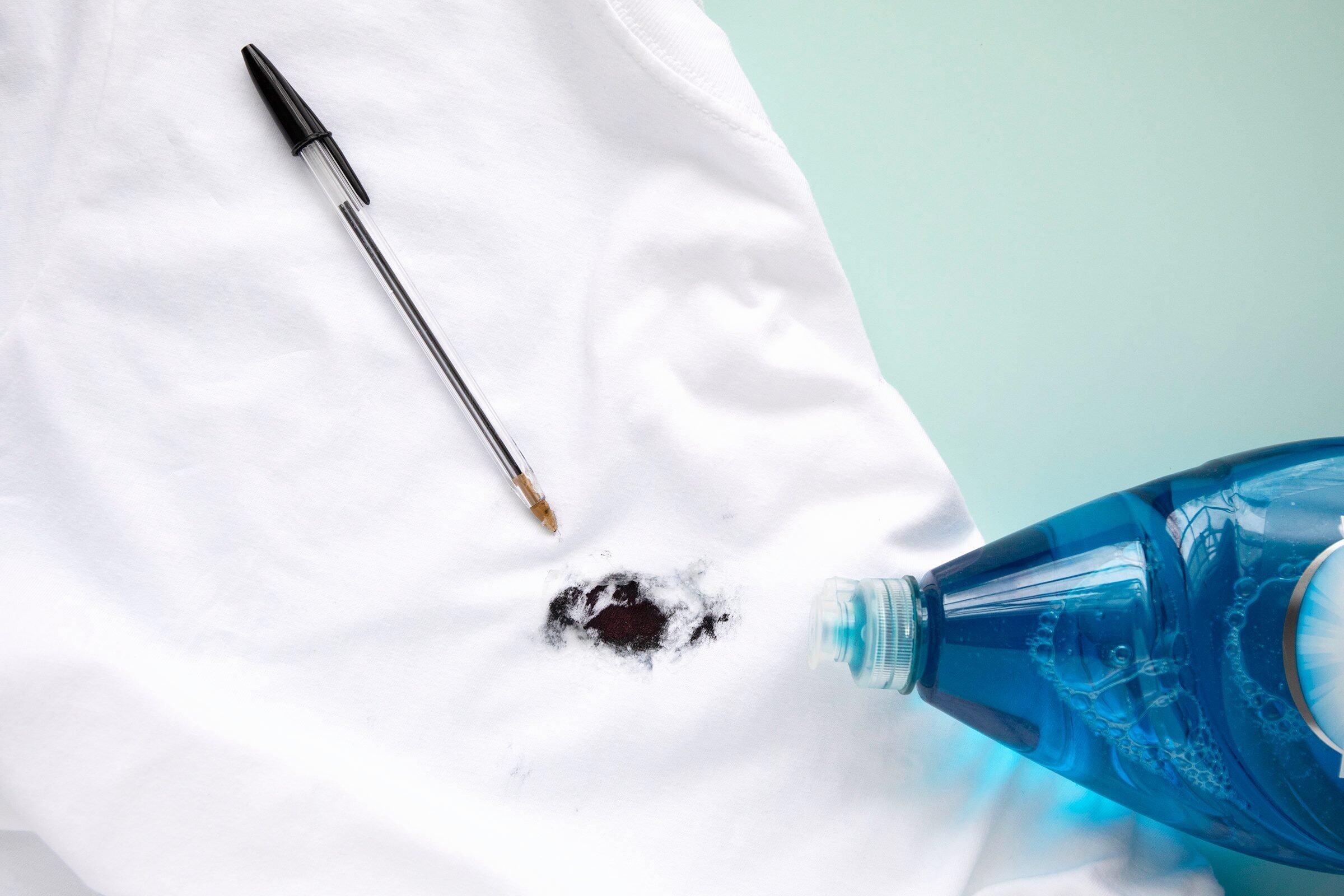
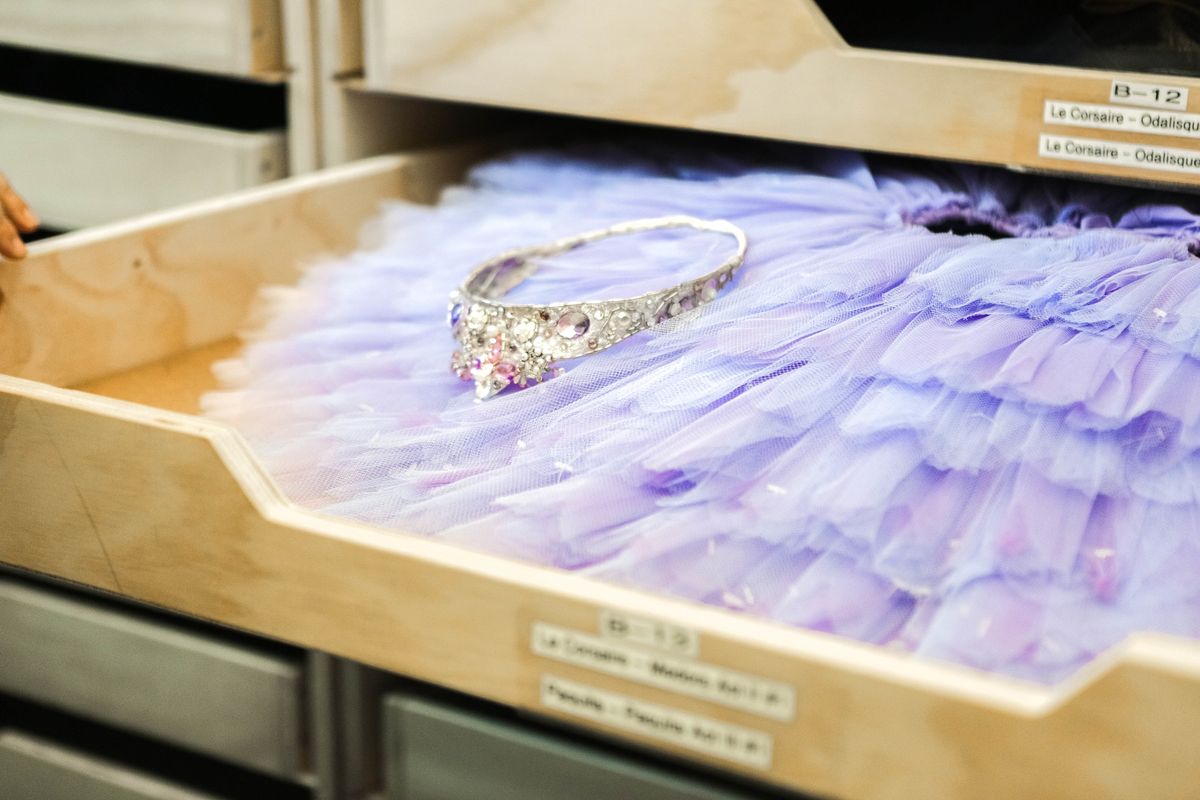
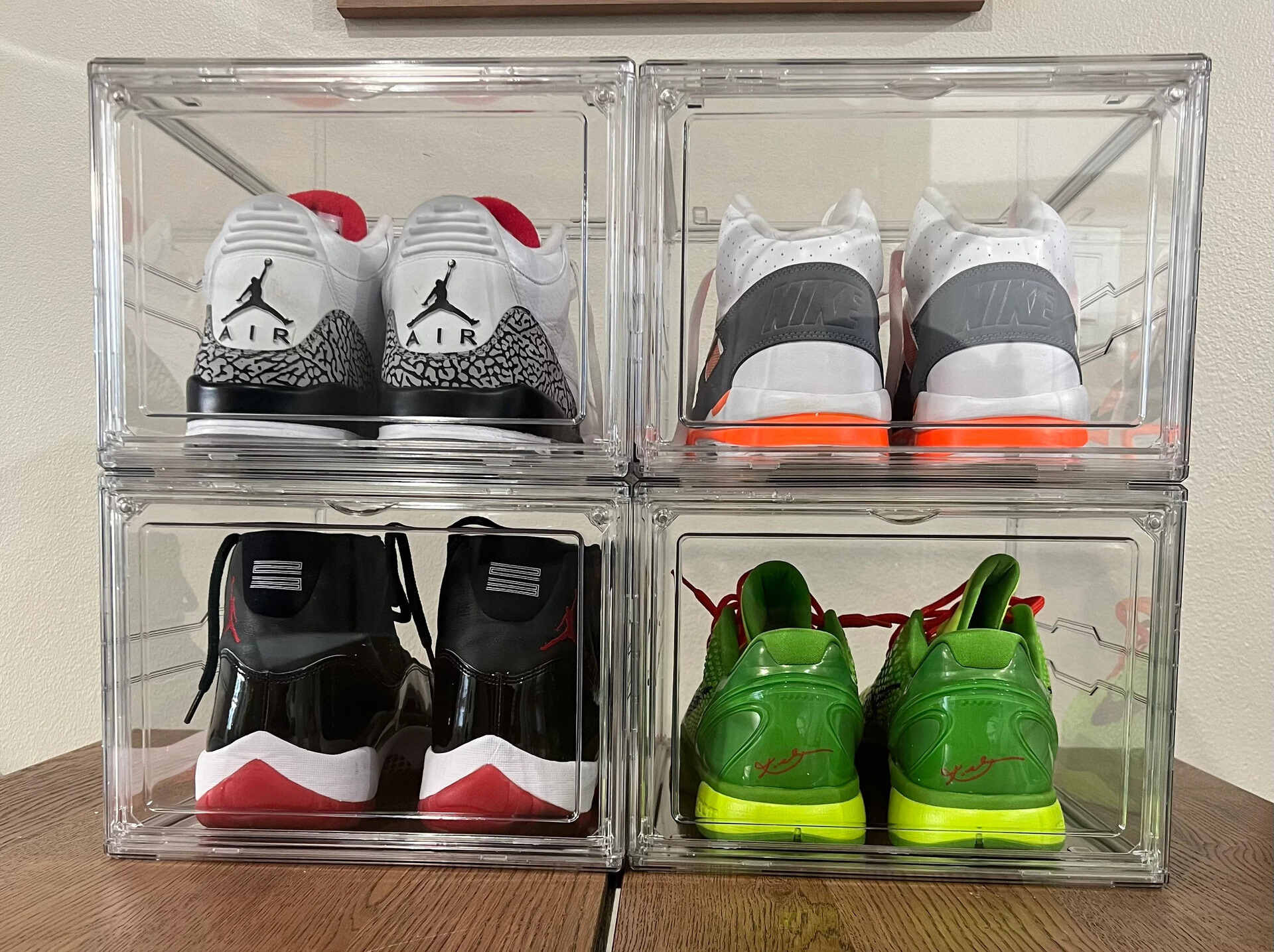
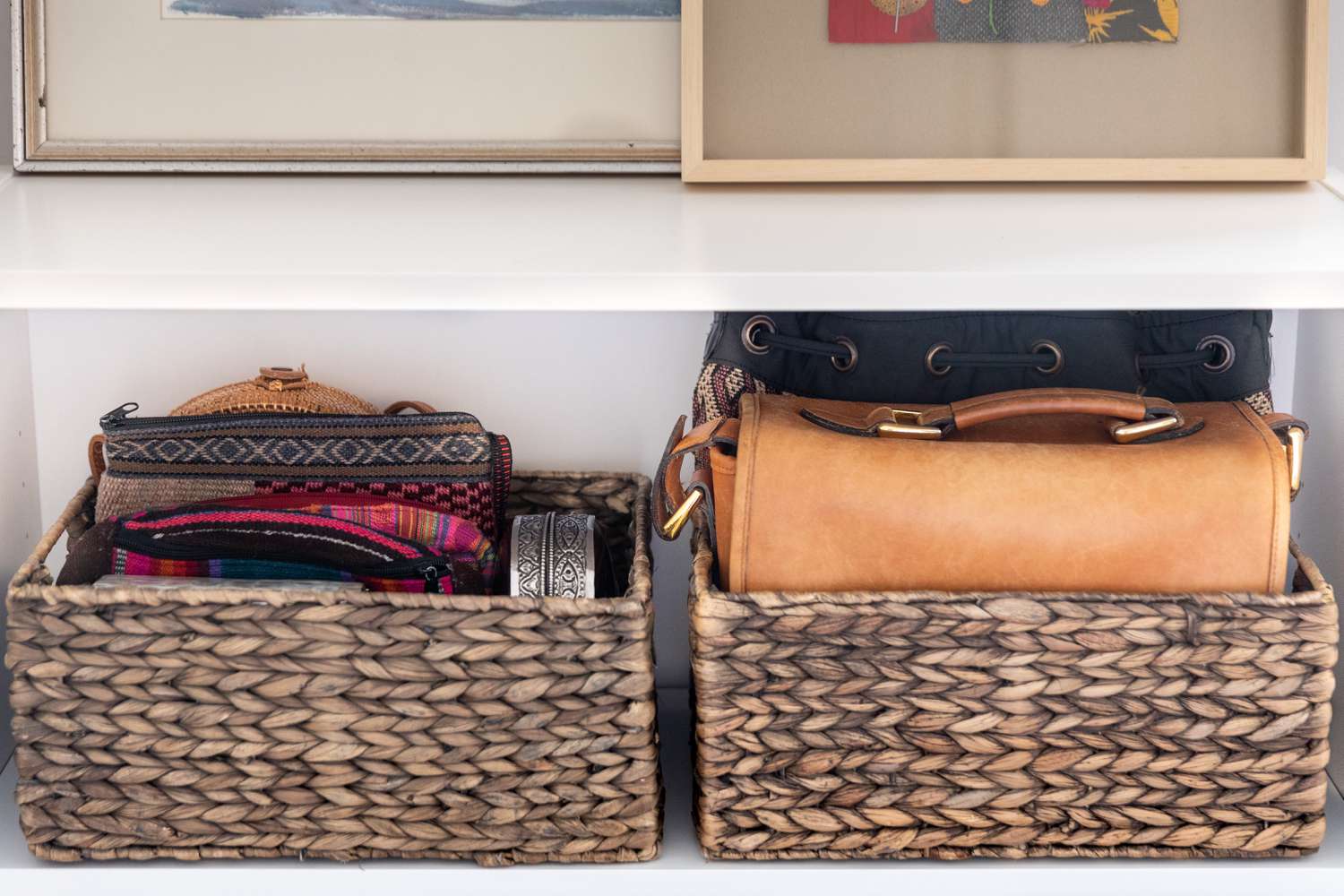
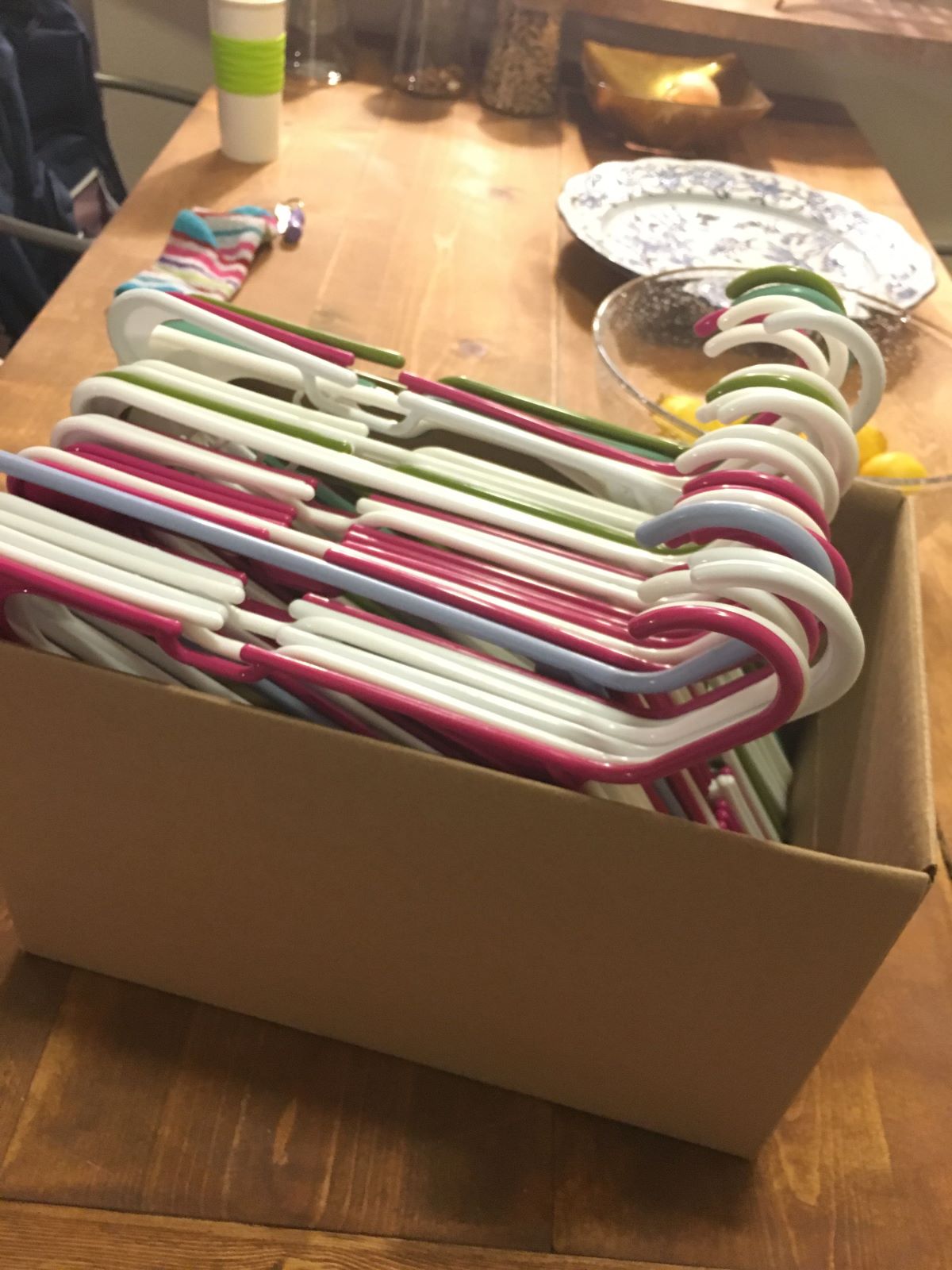
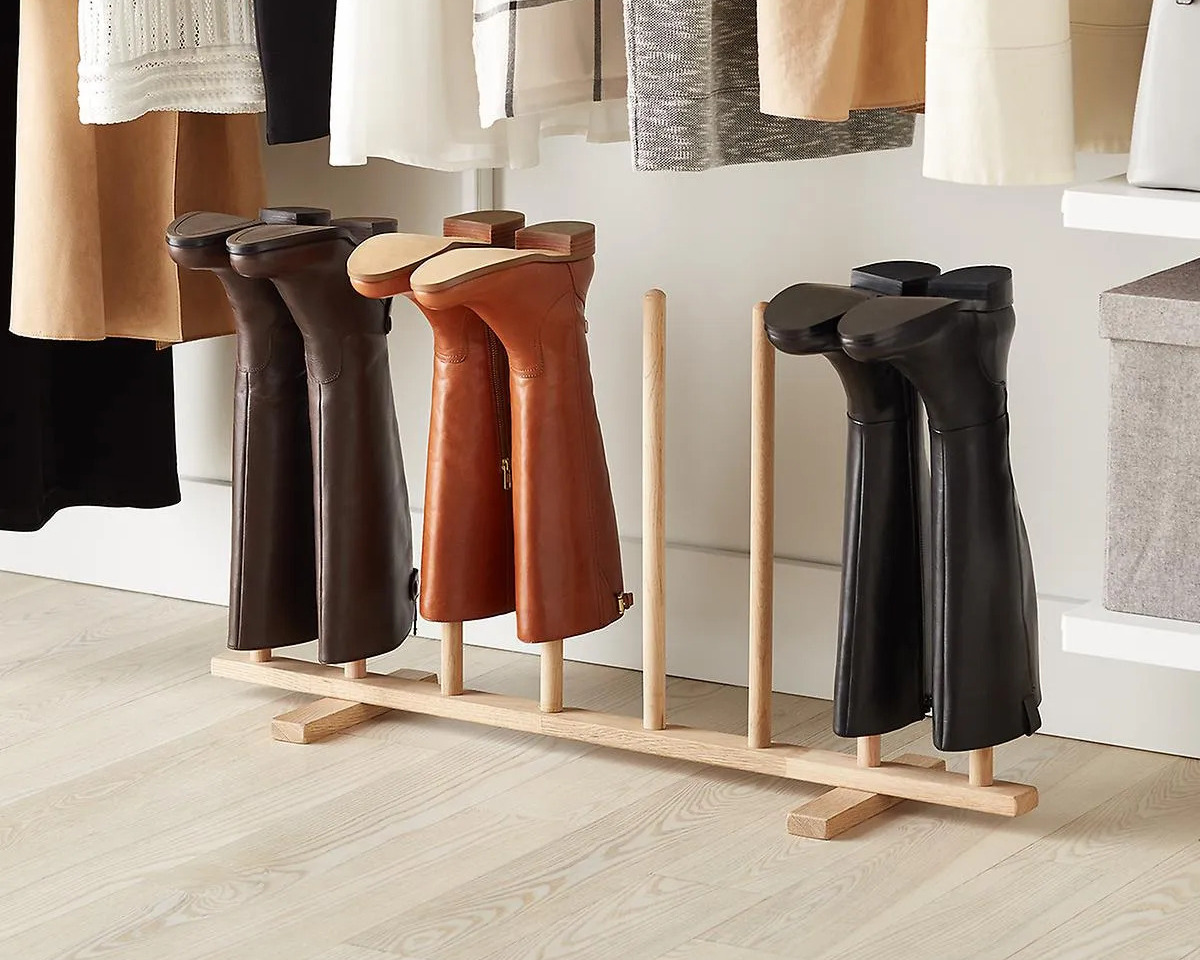
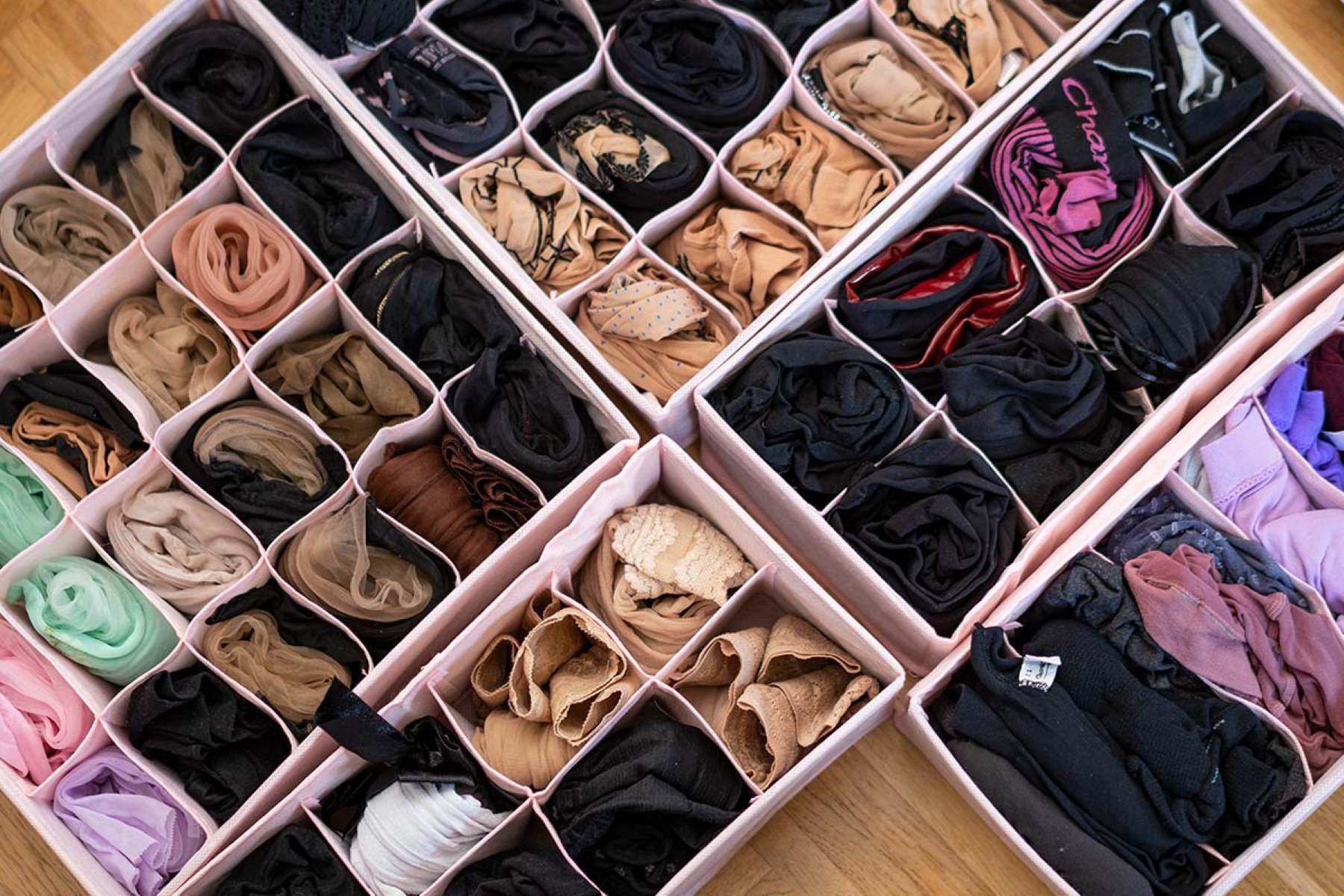




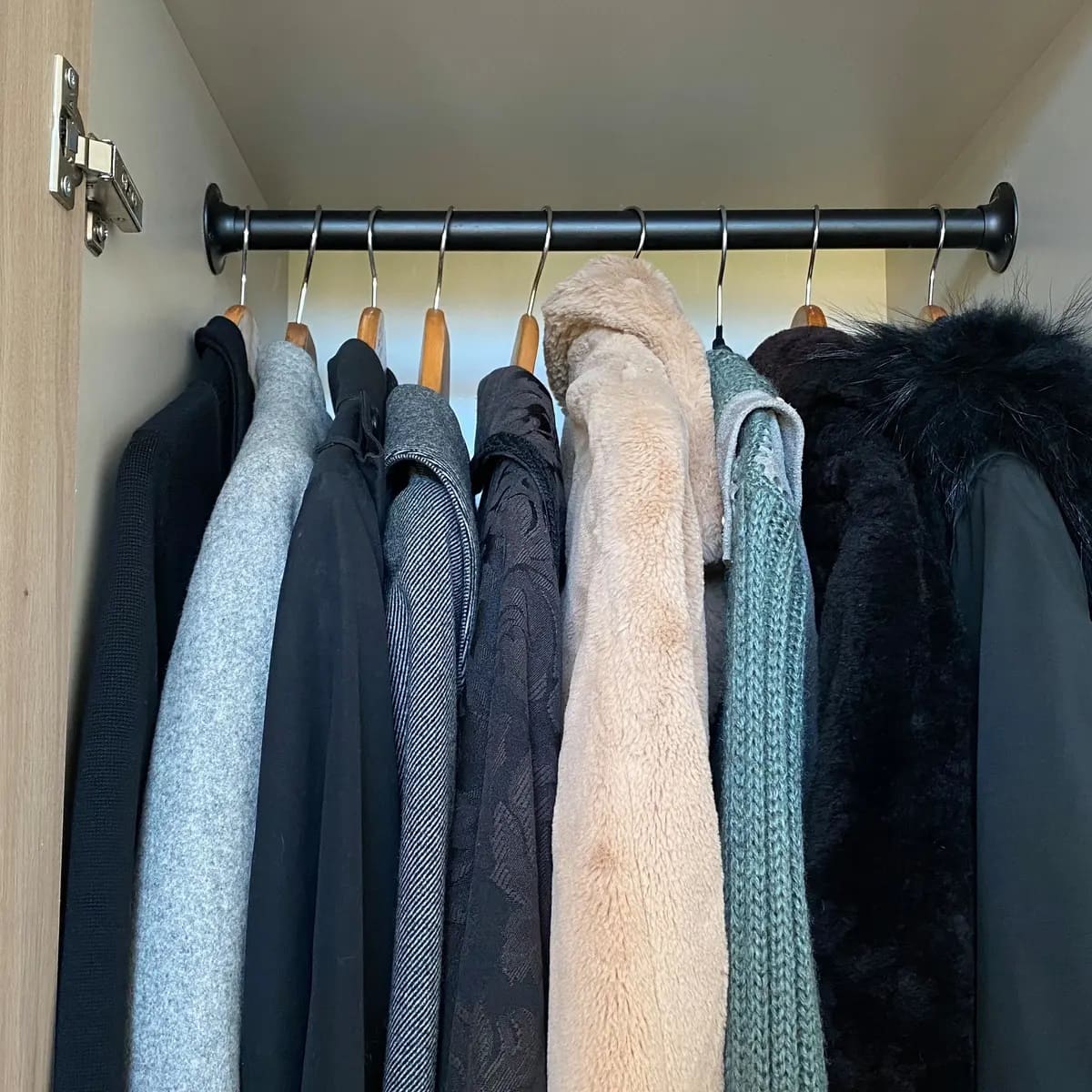

0 thoughts on “How To Store Hunting Clothes”